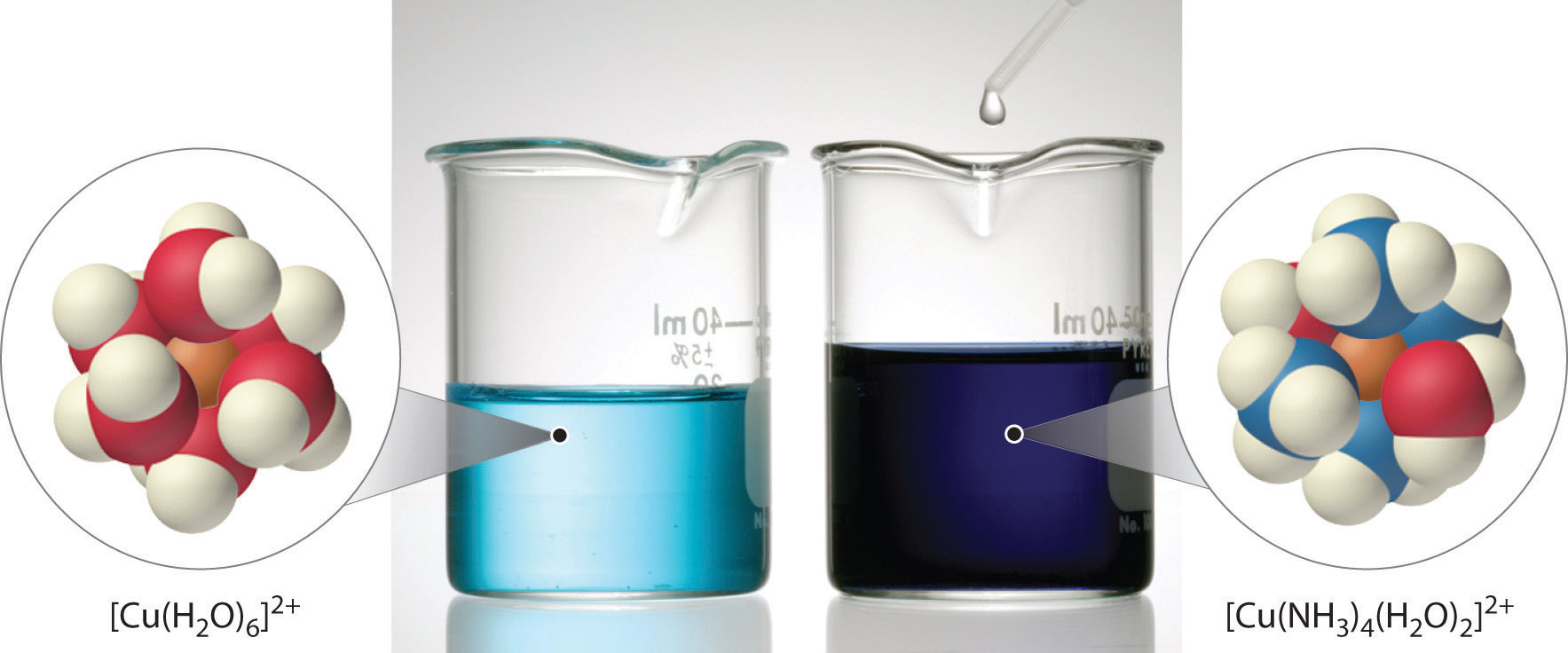The elements of the first transition series are those for which the 3d electron shell contains between one and nine electrons. Copper is included because, although its outer electronic configuration is 3d10 4s1, it has the 3d9 configuration in its commonly occurring +2 oxidation state. Zinc is not normally considered a transition element since in both the element and its compounds the 3d electron shell remains filled. It therefore does not show the characteristic properties of coloured compounds and paramagnetism shown by the other elements in at least one of their oxidation states. Scandium is included by the definition, but so far only the +3 oxidation state has been established with certainty. Its compounds are thus diamagnetic with no colour from d—d transitions, and its chemistry thus resembles that of aluminium rather than that of the other transition elements.
Compare between the general properties of the first raw" and the second raw of the transition elements, referring to:
Metal – metal bond formation
Complex formation ability
Stability of different oxidation states
Size of the elements
Magnetism according to the ligand type
Abundance in the earth crust


